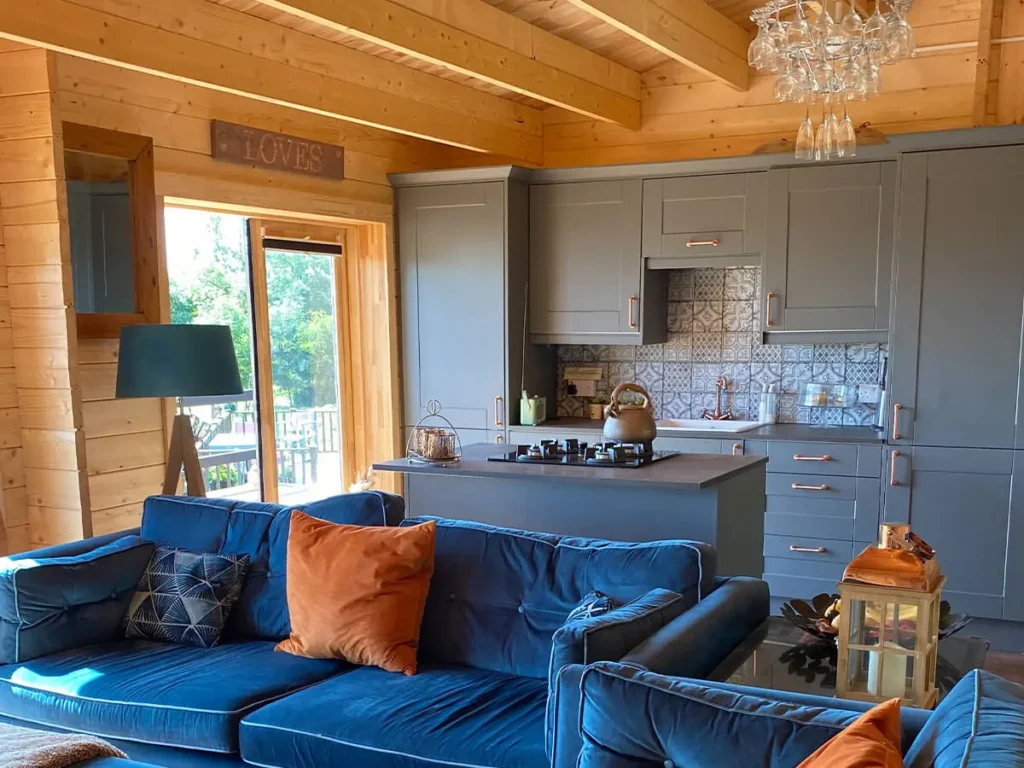Planning a family log home is an exciting project that can create a welcoming, long-lasting home for your loved ones. To ensure the process is smooth and successful, it is important to follow these steps:
1. Set your budget:
- Determine how much you can spend on building the house. This will help you make decisions about the home's size, materials, and finishes.
2. Choose the location:
- Consider factors such as lot size, access to sunlight, proximity to amenities and views when choosing your home's location.
3. Design the house:
- Create a plan that fits your needs and lifestyle. This includes the number of bedrooms and bathrooms, the layout of the kitchen and living room, and any special features you desire.
- It is recommended that you hire an architect or home designer to help you design your home. They can ensure the project is safe, functional, and aesthetically pleasing.
4. Choose the materials:
- The type of wood you choose will have a huge impact on the appearance, durability, and cost of your home.
- Popular wood for home construction include pine, fir, and cedar.
- It's important to consult a professional to choose the right wood for your climate and budget.
5. Obtain the necessary licenses:
- Before construction begins, you will need to obtain the necessary permits from your local municipality.
6. Hire a Builder:
- Choose an experienced and reliable builder to build your home.
- Get multiple estimates and make sure you understand the scope of work before hiring a builder.
7. Supervise construction:
- It is important to supervise the construction of your home to ensure it is built according to plan and safety standards.
8. Moving into your new home:
- Once construction is complete, you can move into your new log home!
Additional Tips:
- Consider energy efficiency when designing and building your home. This can help you save money on your energy bills.
- Be green! Use recycled materials and sustainable building practices whenever possible.
- Personalize your home to make it a unique and special home for your family.
Keep in mind that this is just a general guide and the specific process of planning and building a log home may vary depending on your specific needs and location. It is always recommended to consult qualified professionals for guidance and assistance.

